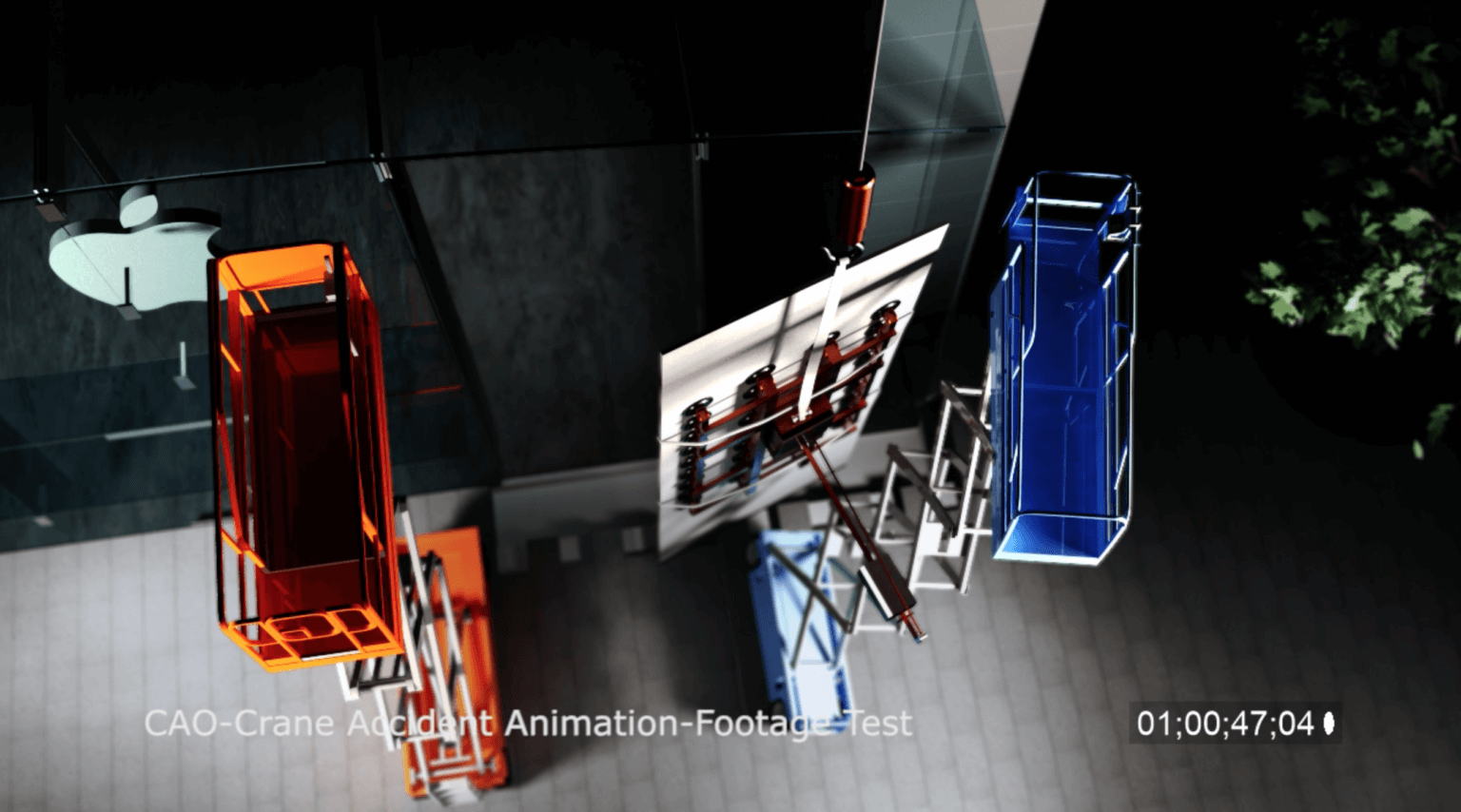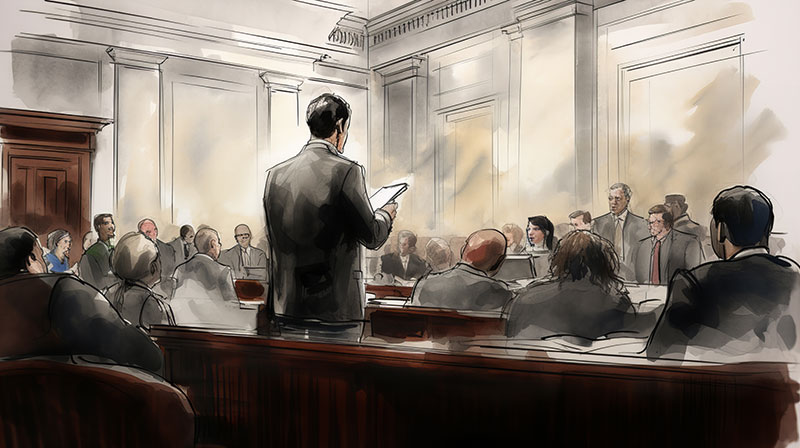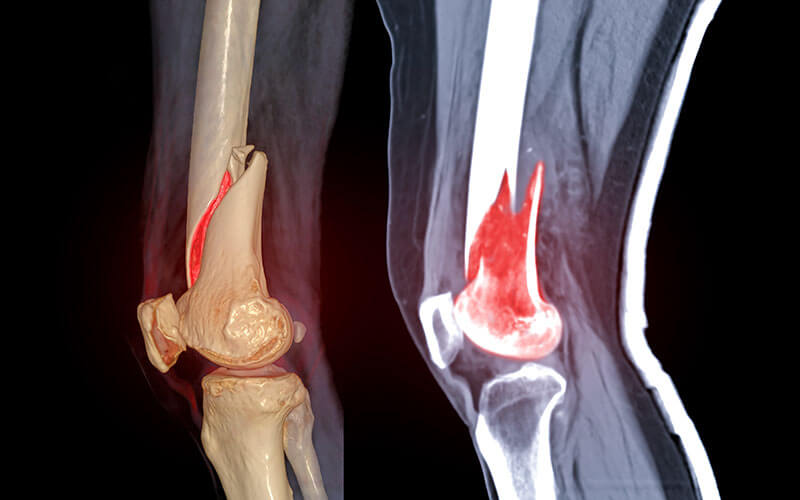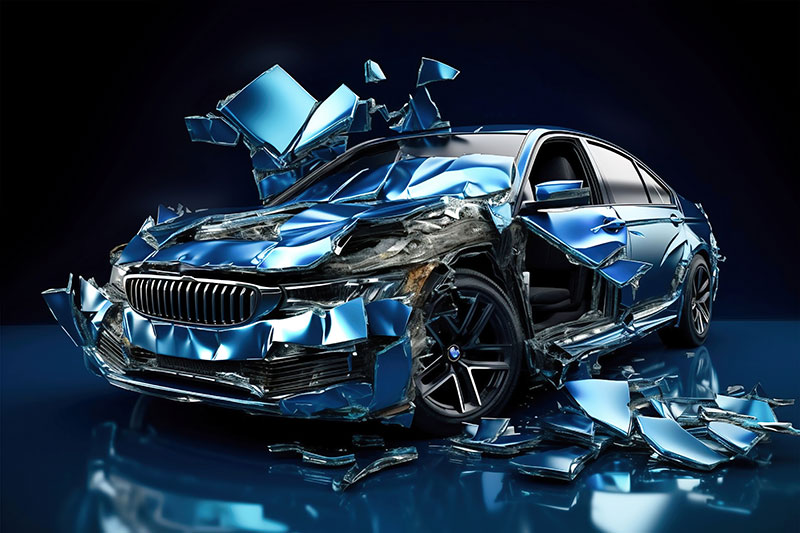Medical Malpractise
This enables Japanese animators to incorporate greater intricacy in their drawings, as it necessitates a smaller number of images. Furthermore, this attribute grants anime a unique sense of motion. Naturally, there are instances that deviate from this principle: certain animated content from the United States adheres to a three-frame pattern, while specific anime productions follow a two-frame or even one-frame rhythm.
Animation is a cinematic method whereby stationary images are manipulated to generate dynamic visuals. In the realm of traditional animation, images are painstakingly crafted by hand on transparent celluloid sheets, known as cels, which are subsequently captured and showcased on film. Animation has gained acknowledgement as a form of artistic expression, particularly within the realm of entertainment. Numerous animations are generated through computer technology, employing computer-generated imagery (CGI). Amidst the presence of various other forms, stop motion animation, notably claymation, has managed to endure.
During the 1890s, cinematography emerged as a ground-breaking development, with its remarkable portrayal of realistic elements being hailed as its primary achievement. However, it took a significant amount of time before animation made its way into theaters. The renowned film The Haunted Hotel (1907) directed by J. Stuart Blackton brought widespread attention to stop-motion animation and is said to have served as inspiration for Émile Cohl in the creation of Fantasmagorie (1908), which is widely recognized as the earliest existing example of a full traditional animation created by hand on standard cinematic film. Ladislas Starevich's puppet animations, dating back to 1910, and Winsor McCay's meticulous hand-drawn animations in films like Little Nemo (1911) and Gertie the Dinosaur (1914), stand out as noteworthy artistic endeavors that have exerted considerable influence in the realm of short films.



